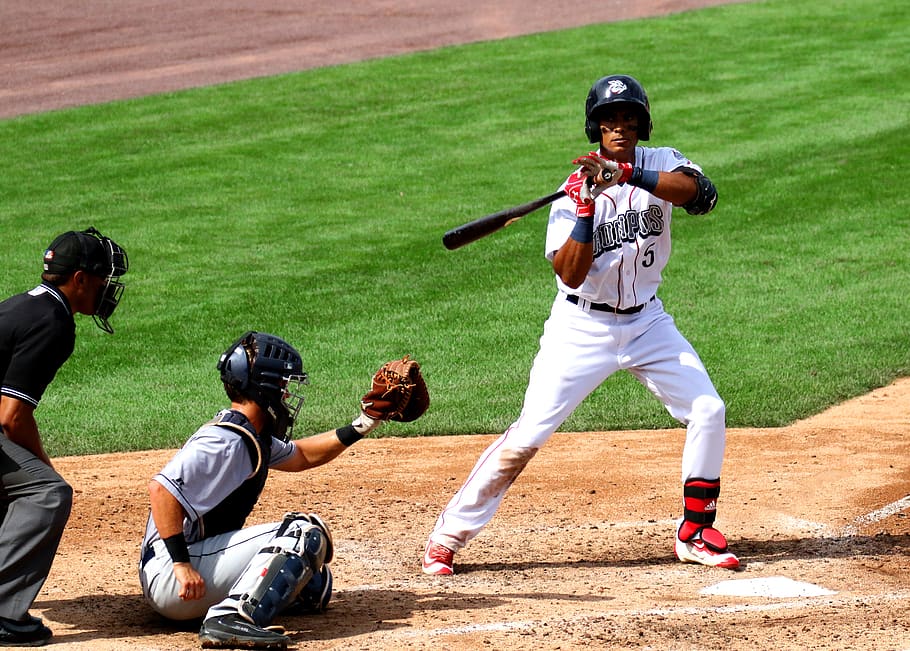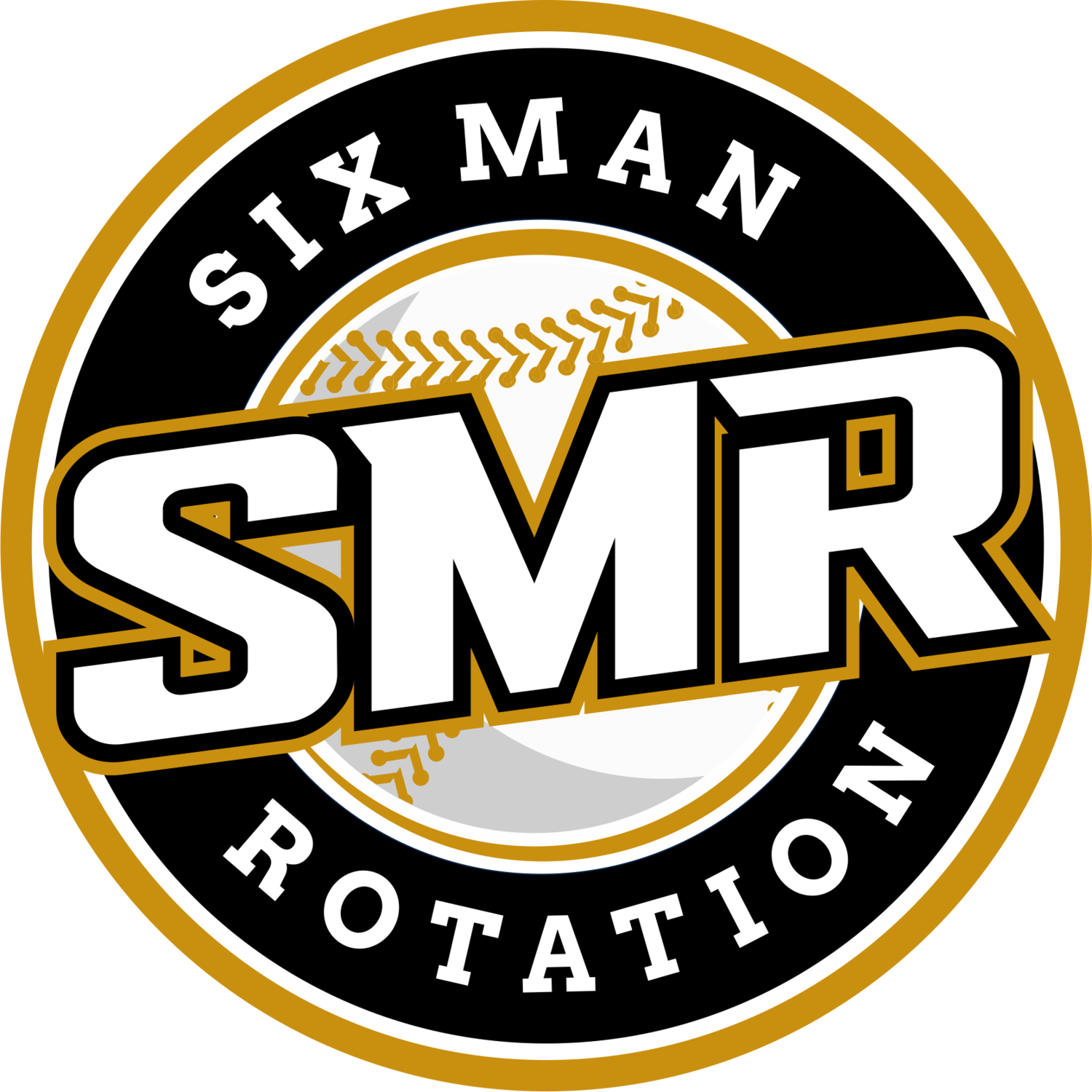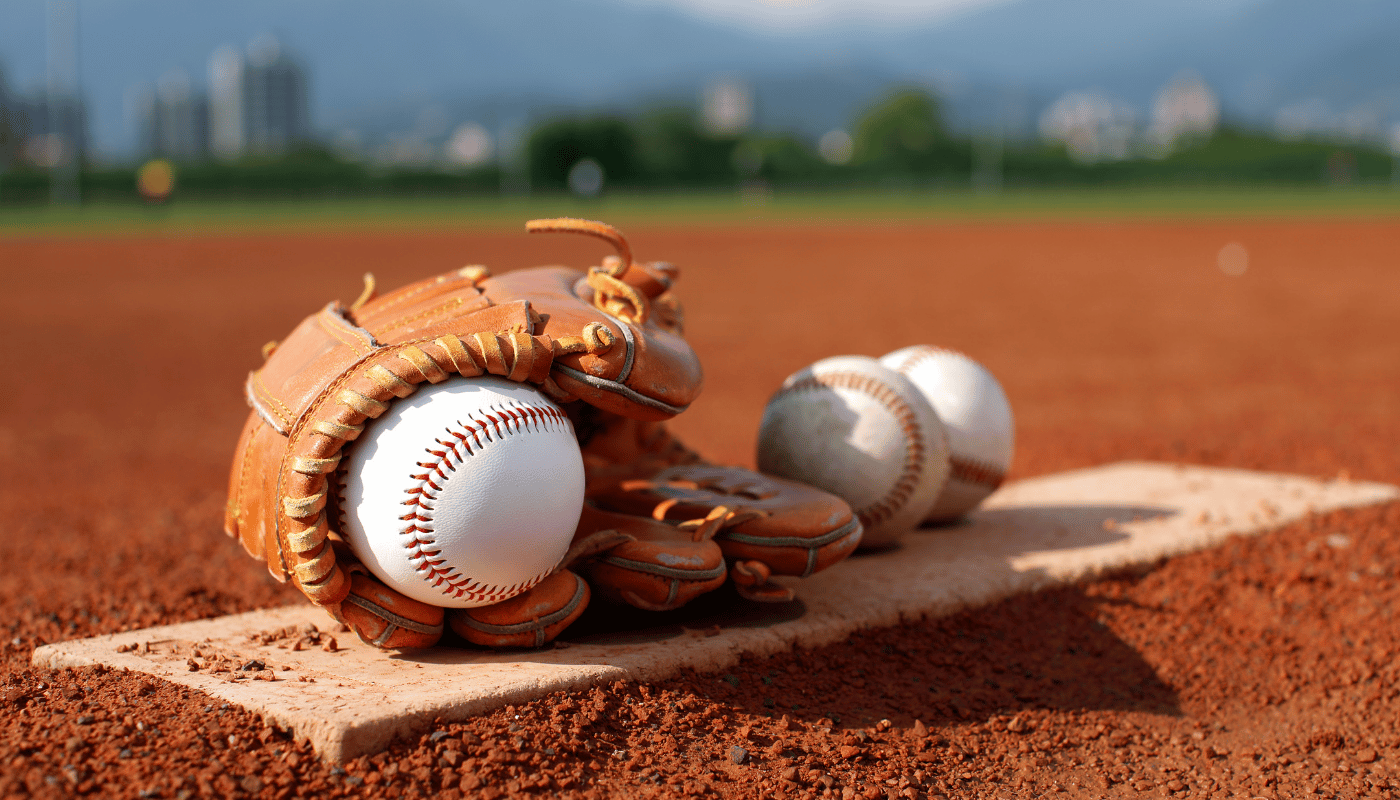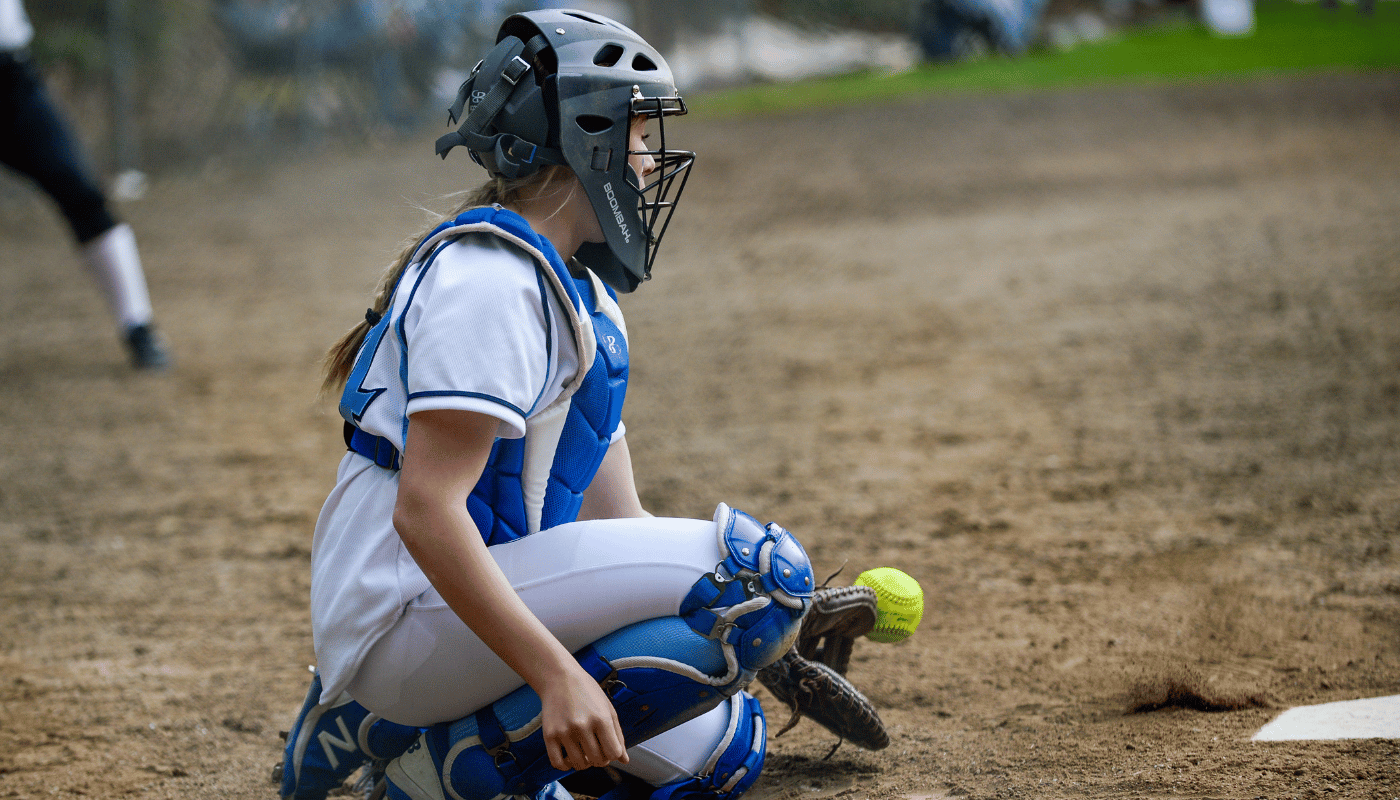Welcome to the official unveiling of Six Man Rotation’s Top 150 Prospects for 2019, brought to you by Connor Kurcon and Rhys White. Now, before we get to the list, there is a few things we want to cover.
Variance Scores:
To the right of every player name, position, and team trio on the list, there will be a Variance Score, something new to this year’s list. This is pretty self-explanatory; every prospect has a [realistic] floor and ceiling, as we know. Some players (Jose Ramirez, Corey Kluber, etc.) will exceed those ceilings by a ton, but there’s no avoiding that. The Variance Score will attempt to capture the difference between these [realistic] floors and ceilings. You may see this on other lists as “risk”, but we don’t love the term “risk”. Risk of what? Risk of being an everyday regular? Risk of reaching their ceiling? How many prospects actually hit their absolute ceiling? We felt as though variance was a much better term to describe a players range of outcomes, especially for the more literal people reading, and in some cases, we hope the scores associated with players will be a quick and easy explanation to some of the differences in thoughts/rankings that we have for some players.
The scores are roughly as follows:
1 – The player’s ceiling/floor do not differ wildly, if at all. We expect the player to be exactly as projected for a long time, barring injury.
2 – Some variance. We’re very confident about the type of player he’ll become, but there’s a chance he’ll fall short or surpass that by a bit for a variety of reasons.
3 – Typical, medium variance. Equal opportunity to be a grade higher or a grade lower than where we have him projected.
4 – Larger variance than normal. All possibilities between an extremely good player and extremely bad player or regular-to-star are in the cards.
5 – The player has the capabilities/tools to be a superstar/ace. There is also the chance he never reaches the Majors.
Why 150?
We think every prospector would agree that at all times, the back end of top 100 lists are somewhat arbitrary; the guy at 101 that didn’t make the list probably has just as much right to be on there as the guy at 99. Now, this is also true for 150, and the “arbitrary cutoff” aspect of an exercise like this inescapable. The difference between 100 and 150, however, is that a top 150 doesn’t leave off any players that we feel/felt are true 50 FV players, and we think it’s important to include all the guys in that tier because the difference between them can get very small. So what a top 150 list gives you that a top 100 doesn’t is the whole rest of the 50 FV tier and a few high 45 FV players. The cutoff at 150 is still arbitrary, but we’re not leaving any 50 FV guys off, and we felt as though that was important enough to stretch the list out.

Yusei Kikuchi:
We chose to once again not include the Japanese player(s), just as we didn’t include Shohei Ohtani on last year’s list. Yes, Kikuchi is under the 50 IP threshold, but he has been playing professional baseball (pitched over 1000 innings) in a major baseball league for some time, so we think the list keeps all player types on the same level if these sorts of players are omitted. We ran zero iterations of our lists with Kikuchi on them, so we can’t tell you where exactly he’d fit, but if we were to venture a guess, Kikuchi might be somewhere in the 40-60 range with the strong 50 or, as a #3 starter who has had his share of injuries in the past.
Without further ado, your prospects for the upcoming 2019 season:
1. Vladimir Guerrero Jr., 3B, TOR | Variance: 1
CK (1): The easy pick for #1. Vlad should be an elite contributor at the plate for a long, long time and even spend a few of his early years at the hot corner. Miguel Cabrera is the popular comp.
RW (1): The man, the myth, the legend, the son of a Hall of Famer. Vlad Jr. I honestly don’t know what to put here because everything has been said about Vladito. He posses the best hit tool in the minors, has plus-plus power, oh and he can play an average to above average third base. He’s special.
2. Fernando Tatis Jr., SS, SD | Variance: 2
CK (2): The clear #2 prospect in the game for me as well. Tatis has it all; power, speed, youth, ability to play shortstop, etc. The risk he isn’t absolutely, top of the scale elite with the bat exists, and pushes him down to the 2 spot. But if it all comes together, Tatis’ ceiling is higher than that of #1.
RW (2): The return of the infamous James Shields trade that will haunt the south side of Chicago for years to come. Fernando Tatis Jr. is the real deal at the plate, he doesn’t have Vlad’s hit tool but he has very similar power. He also will be an above average shortstop who could, depending, on how things go in San Diego slide over to third and play a plus third base, which he flashed in the most recent futures game.
3. Forrest Whitley, RHP, HOU | Variance: 2
CK (3): Not often will I have a pitching prospect this high, but then again, it’s not often “best pitcher of the next decade” is even a possible outcome. Three plus or better pitches, a cuter because why not, and good control/command of all.
RW (3): Easily the best pitching prospect in all the land. The Astros best prospect has four pitches that already grade out as plus and will mix in a cutter that I believe will get to plus at some point. He pairs his incredible repertoire with beautiful mechanics and plus command.
4. Eloy Jimenez, OF, CHW | Variance: 1
CK (5): Eloy should be a staple in the White Sox 3-4 spots for many, many years and could develop into a top 5 feared hitter in the game. The fact that he’s a poor corner outfielder limits the upside, but when the bat is this good, it doesn’t matter
RW (5): So he’ll never win a gold glove, but all Eloy does is mash the shit out of the ball. Eloy has 35+ homer seasons ahead of him, and he’ll be up around the same time as Vlad barring any set back (knock on wood).
5. Nick Senzel, 3B/OF, CIN | Variance: 1
CK (4): Not worried about the injuries and/or vertigo from this past year, as the injuries were flukey and we really don’t have any examples of vertigo robbing a career. Solid all-around player; will hit, hit for some power, can play all of the diamond well, and should start the year in CF for the Reds, according to reports.
RW (6): I saw a report claiming that the Red’s centerfield job is Senzel’s to lose and that made me think happy thoughts. Senzel has unfortunately dealt with some injuries and ailments in his professional career and we are all hoping those are behind him because Senzel has the chance to be special. He projects to be a plus-plus hitter with above average pop who now will play up the middle.
6. Royce Lewis, SS, MIN | Variance: 2
CK (7): Shows all the tools and at times they all look plus. I actually think there’s less risk here than a usual 19 year old, even one ranked in the top 10. His shortstop defense has gotten continuously better, but I think he may actually be able to be of more value defensively in CF, where the speed and arm would work wonders.
RW (7): I really wanted to rank Royce Lewis higher because we are talking about a no doubt shortstop, with plus-plus speed, a plus hit tool, and above average power. Everything he does is smooth, he flies around the field defensively and he has an above average arm.
7. Victor Robles, OF, WAS | Variance: 3
CK (11): 70 defender with a 70 arm. I am very worried about Robles’ ability to put the ball in play with 2 strikes (thread) and with his horrific exit velocities at the MLB level last year, and it’s made me second guess his ultimate role with the bat in the past couple months. Still, the defense gives him an easy regular role with superstar upside if he hits.
RW (4): I am very comfortable projecting Victor Robles as a 70 defender in centerfield who pairs that with 70 speed and an absolute cannon of a right arm. He pains that impressive defensive profile with a 60 hit tool and average game power. It is worth noting that my fellow prospect-analyst and co-author of this list dug up that Robles currently is one of the worst two-strike hitters in the minors.




